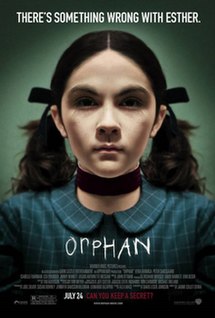after analysing many different openings to thrillers we were told that there are 4 different ways we can make our film or sequence. These consist of a Traditional, discrete, stylized sequences or another type which is credits over a blank screen.
Arlington Drive
This is a perfect example of a discrete title sequence as nothing is given away, you get a vague idea of the plot however nothing is clear and this is particularly effective in psychological thrillers as you want to see what happens next or want to find out the plot.
There are similar conventions in a discrete title to the others such as an establishing shot with credits however there are many random jump cuts.
Dead Calm
is an example of credits over a blank screen.
You can say that this adds to the theme of the film as the film is called dead calm and this sequence creates a similar feel. however after talking with Dan our teacher he advised us that this type of sequence would not be the ideal one to recreate. This is because there is not much technique and it would not show off our camera skills, shot types etc. to the best of our ability.
Conventions such as non diegetic sounds are used in the opening sequence. The emphasis on the title and fade in shots are also used.
Panic room
This film runs by the most popular amongst the four and this is a traditional title sequence
This gives you a brief outline of the characters and allows us to ease into the thriller
Conventions are used such as close ups of the characters, actions and the title in big and bold letters.
is an example of a stylised editing sequence for a thriller
stylized editing proves costly but if it is done works very effectively.
conventions such as time laps etc. are used


